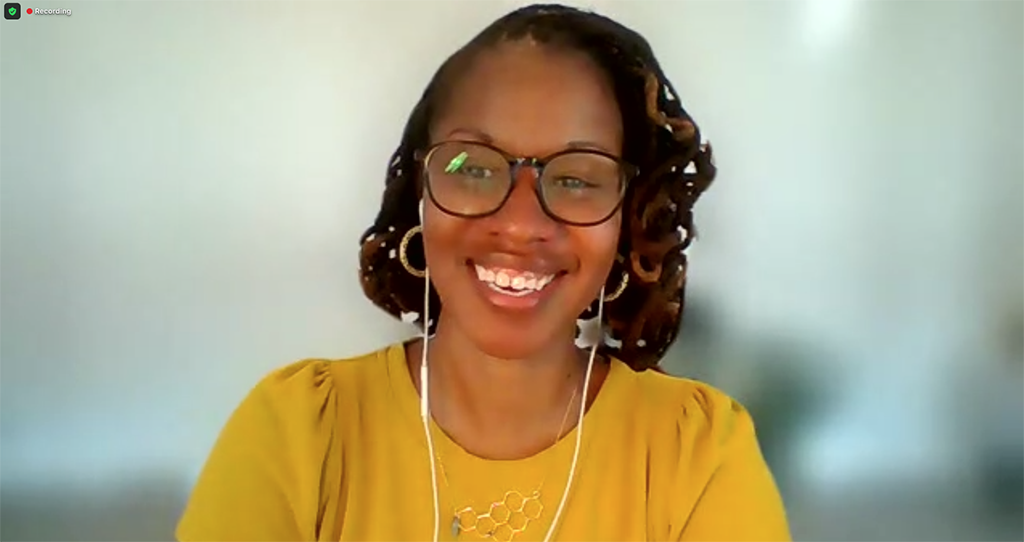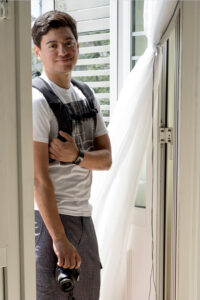B&H Photo Video provides prize for top photographer
It’s been two years since photographers were able to participate in a Shoot-out as part of a national College Media Association convention. Two years ago, the headline was, “11 photojournalists document city in crisis.” This year, the 18 students were assigned to create “an image — worthy of a postcard — showing what life is like in the city that never sleeps after two years of the pandemic.”
And this year, they had an Apple Award as an incentive to win and a prize donated by B&H Camera Video —a Sony ZV-1 Digital Camera valued at nearly $900.
Some years, with the judges, a mixture of professional photographers, college photography instructors and media advisers as well as scholastic photography instructors and media advisers, the top entries are close. This year, 43 individuals judged the entries and all but 11 ranked the winning entries as one of their top entries. Nine of the judges said the winning entry was their choice for first place. No other single entry has scored so high in recent years. Continue reading “Shoot-out returns to NYC”


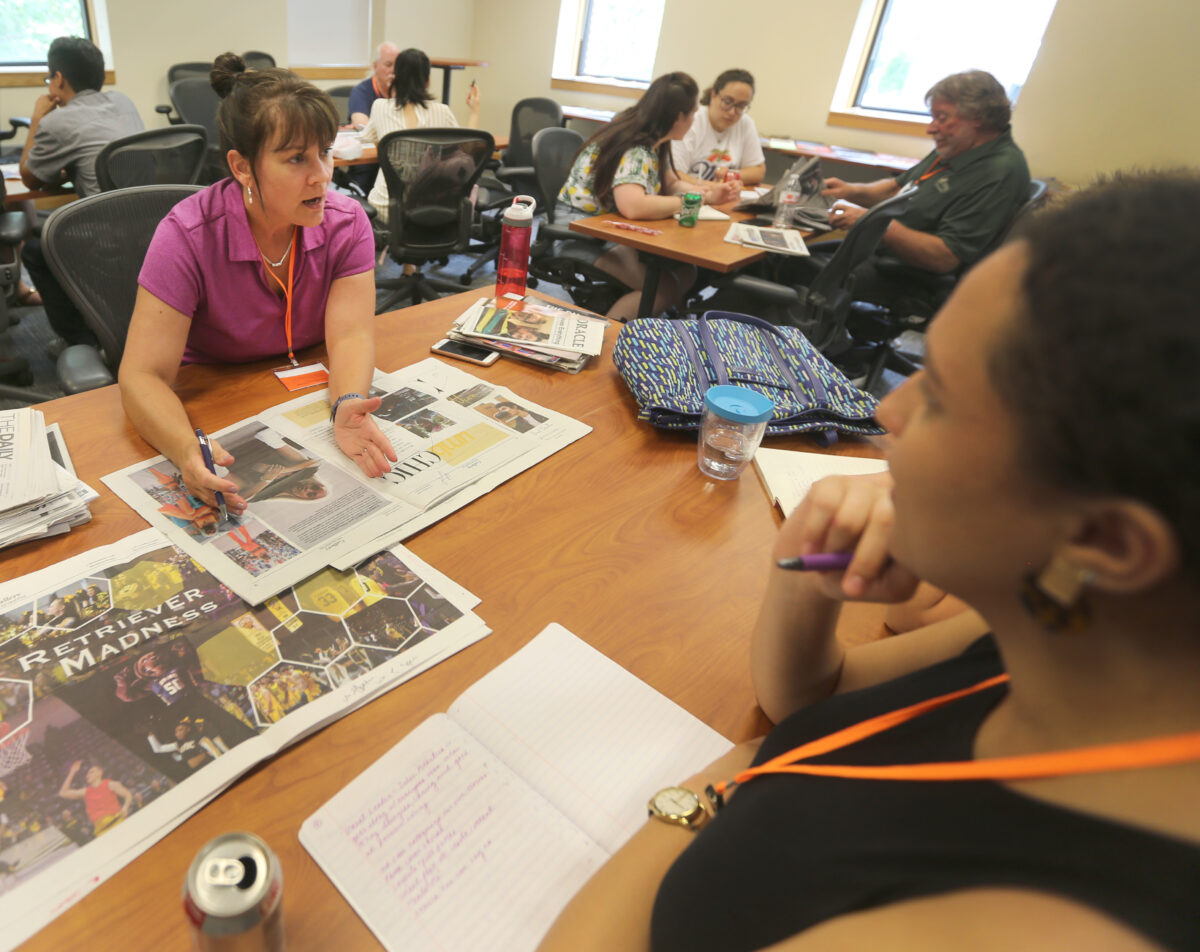


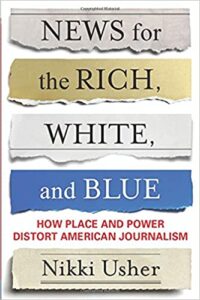 “Journalism anchors American democracy by connecting people to the places they live,” Usher writes, “providing them with critical news and information as well as a sense of cultural rootedness and belonging.” If journalists are not covering the day-to-day meetings and events that impact our lives, are we getting what we need to be an “active and engaged citizenry,” college students and adults alike? We are not, Usher forcefully argues. She shares with her readers studies reflecting the underlying premise that without local news, the public cannot make informed decisions
“Journalism anchors American democracy by connecting people to the places they live,” Usher writes, “providing them with critical news and information as well as a sense of cultural rootedness and belonging.” If journalists are not covering the day-to-day meetings and events that impact our lives, are we getting what we need to be an “active and engaged citizenry,” college students and adults alike? We are not, Usher forcefully argues. She shares with her readers studies reflecting the underlying premise that without local news, the public cannot make informed decisions  A Multi-Method Examination of Award-Winning Student Newspaper Tweets
A Multi-Method Examination of Award-Winning Student Newspaper Tweets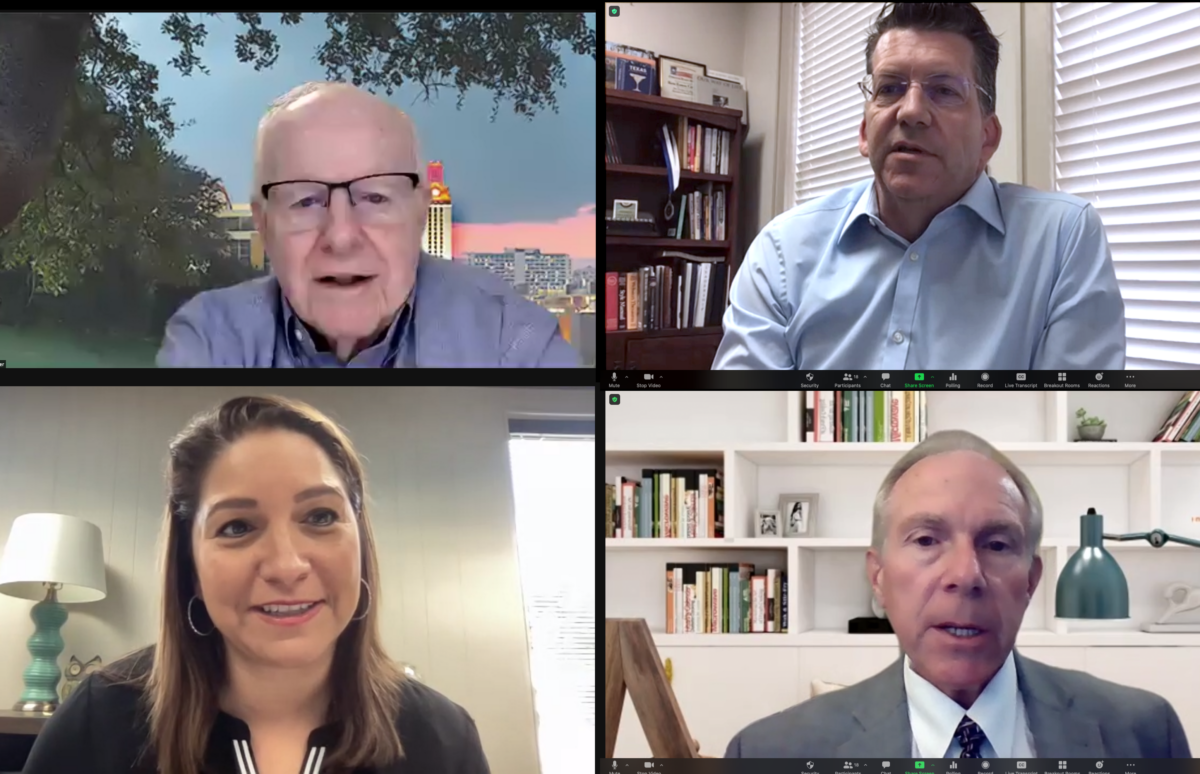
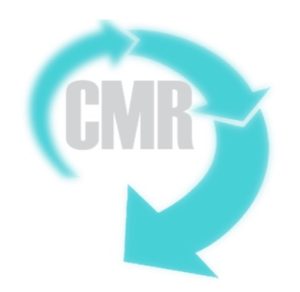 It’s not a newspaper most readers would have heard of.
It’s not a newspaper most readers would have heard of.  This past year’s scholarly publications have been compiled into a hard copy as a print-on-demand volume that can be purchased
This past year’s scholarly publications have been compiled into a hard copy as a print-on-demand volume that can be purchased 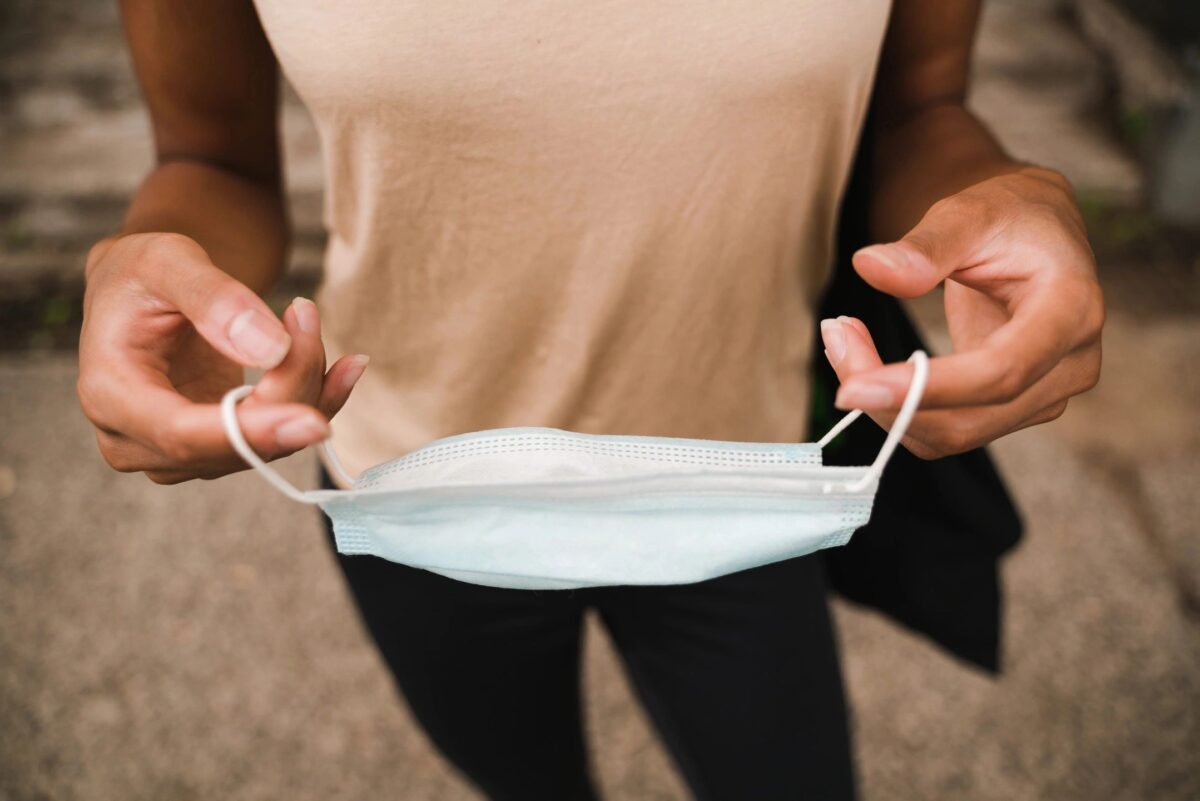
 Abstract: This research updates and explores the role and jobs of college newsroom advisers, the context of their work, and the newsrooms they advise. Using a survey (N=332) of student media advisers, the data provide important understandings for college journalism issues that have emerged, or re-emerged, in the past year: COVID-19, diversity, and prior review. Responses show, despite campus closures and some declining advertising revenues, COVID-19 did not halt the work of the vast majority of college newsrooms. On the contrary, data from this survey combined with national trends point to the growing importance of college news media across the nation. As local news outlets decrease, college newsrooms are filling the void. Open-ended responses revealed anxieties among advisers about how the pandemic would affect newsrooms in the coming academic years, especially regarding budgets and advertising revenue. For the first time, this research collected information on race/ethnicity. Participants were mostly white, although community colleges had the largest group of advisers of color. Responses reveal that 87% of advisers report that they do not edit newsroom content, although responses raise questions about the role that faculty-guided class work plays in newsrooms and how advisers define prior review. Compared to past research, adviser salaries have increased in the past five years and 62% of advisers hold either a faculty or staff title. Overall, salaries have increased 12% among advisers since 2014.
Abstract: This research updates and explores the role and jobs of college newsroom advisers, the context of their work, and the newsrooms they advise. Using a survey (N=332) of student media advisers, the data provide important understandings for college journalism issues that have emerged, or re-emerged, in the past year: COVID-19, diversity, and prior review. Responses show, despite campus closures and some declining advertising revenues, COVID-19 did not halt the work of the vast majority of college newsrooms. On the contrary, data from this survey combined with national trends point to the growing importance of college news media across the nation. As local news outlets decrease, college newsrooms are filling the void. Open-ended responses revealed anxieties among advisers about how the pandemic would affect newsrooms in the coming academic years, especially regarding budgets and advertising revenue. For the first time, this research collected information on race/ethnicity. Participants were mostly white, although community colleges had the largest group of advisers of color. Responses reveal that 87% of advisers report that they do not edit newsroom content, although responses raise questions about the role that faculty-guided class work plays in newsrooms and how advisers define prior review. Compared to past research, adviser salaries have increased in the past five years and 62% of advisers hold either a faculty or staff title. Overall, salaries have increased 12% among advisers since 2014.